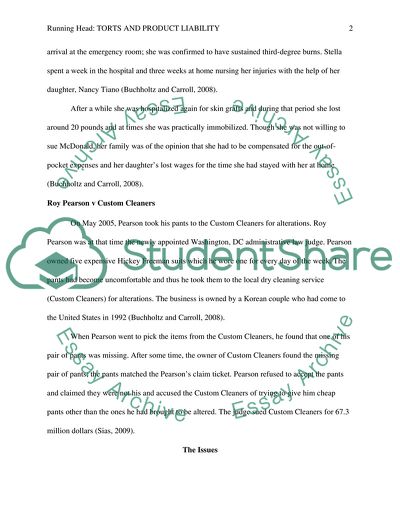Cite this document
(“Torts and Product Liability Research Paper Example | Topics and Well Written Essays - 2500 words”, n.d.)
Torts and Product Liability Research Paper Example | Topics and Well Written Essays - 2500 words. Retrieved from https://studentshare.org/law/1748871-torts-and-product-liability
Torts and Product Liability Research Paper Example | Topics and Well Written Essays - 2500 words. Retrieved from https://studentshare.org/law/1748871-torts-and-product-liability
(Torts and Product Liability Research Paper Example | Topics and Well Written Essays - 2500 Words)
Torts and Product Liability Research Paper Example | Topics and Well Written Essays - 2500 Words. https://studentshare.org/law/1748871-torts-and-product-liability.
Torts and Product Liability Research Paper Example | Topics and Well Written Essays - 2500 Words. https://studentshare.org/law/1748871-torts-and-product-liability.
“Torts and Product Liability Research Paper Example | Topics and Well Written Essays - 2500 Words”, n.d. https://studentshare.org/law/1748871-torts-and-product-liability.


